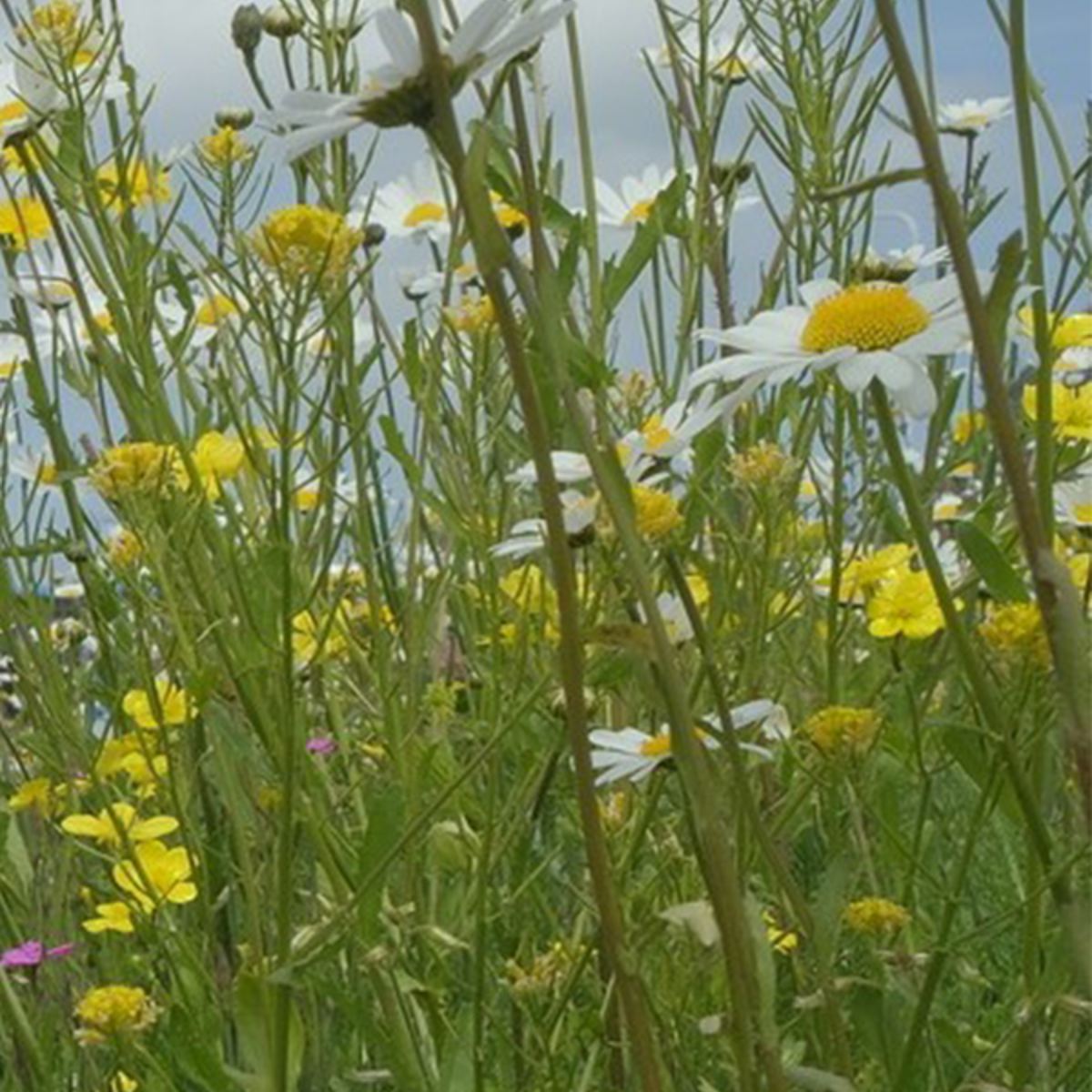A24 Blankenburg verbinding
Rotterdam

Improving 40 kilometres of motorway between Everdingen and Hooipolder
Third place in the traffic jam top 10: that will soon be a thing of the past for A27 Houten-Hooipolder. Rijkswaterstaat is tackling this bottleneck by, among other things, improving 40 kilometres of motorway between Everdingen and Hooipolder. This huge project has been awarded to Ballast Nedam and Fluor Infrastructure. Joining forces under the name 'ALSÉÉN'.
In total, we are improving 40 kilometres of motorway. In the direction of Utrecht, the A27 will get 3 lanes between junction Hooipolder and Everdingen. Between Werkendam and Scheiwijk there will be regular lanes and a rush-hour lane on the rest of the section. In the other direction, there will be 4 regular lanes between Scheiwijk and Werkendam. The other parts of the section will have 3 lanes, including 1 rush-hour lane.
This means we will also widen 50 existing structures, such as viaducts, on this stretch and replace the Merwede Bridge and Keizersveer Bridge. To reduce inconvenience to road users, we are carrying out the work on the bridges in stages.
First, we build a new bridge next to the existing bridge, which all traffic can cross. Then, we will demolish the old bridge and build a second new bridge on that site. So in the end, there will be two bridges side by side at both locations: one for northbound traffic and one for southbound traffic.
The renewal of the Merwede Bridge and the Keizersveer Bridge are an important part of the major renewal and renovation task in the Netherlands. Indeed, many bridges and viaducts in the Netherlands are around 60 to 70 years old and need to be renovated and/or renewed in the coming years.
The Keizersveer bridge is still in good condition. We will therefore look for a place where this bridge can be reused.

An important aspect of keeping risks manageable within the project is the two-phase approach adopted by Rijkswaterstaat for, among other things, the two bridges within the project. In the first phase, we work with Rijkswaterstaat on the design, planning and costing. In the second phase, we carry out this work. With this two-phase contract, we can better base the costs on the actual situation and distribute the potential risks more fairly.
Our own environment team holds regular discussions with all stakeholders such as municipalities, entrepreneurs and residents in the region. In addition, the impact on the surrounding area and nature was considered from the tender stage onwards. For instance, we will use emission-free equipment as much as possible, construct 3.5 kilometres of nature-friendly banks, install 630 insect hotels and scatter a flowery grass mixture on the verges. We will also install 260 traffic signs made of recycled aluminium, 615 traffic signs made of sustainable rice husk, 2,079 reflector posts made of recycled PVC and 831 bottle posts made of bamboo.

To carry out this project successfully, we are working with Fluor Infrastructure under the name ALSÉÉN. We worked together before on project A9 Gaasperdammerweg and that went very well. We expect to complete the research and design phase of the two-phase sections by the end of 2024 and to start construction in early 2025. However, we will start work earlier on the construction of the exit to the future Groote Haar industrial estate in Gorinchem and the improvement of junction Hooipolder. By 2031, the entire project should be ready.
Managing Director Ballast Nedam Infra Projects a.i.
